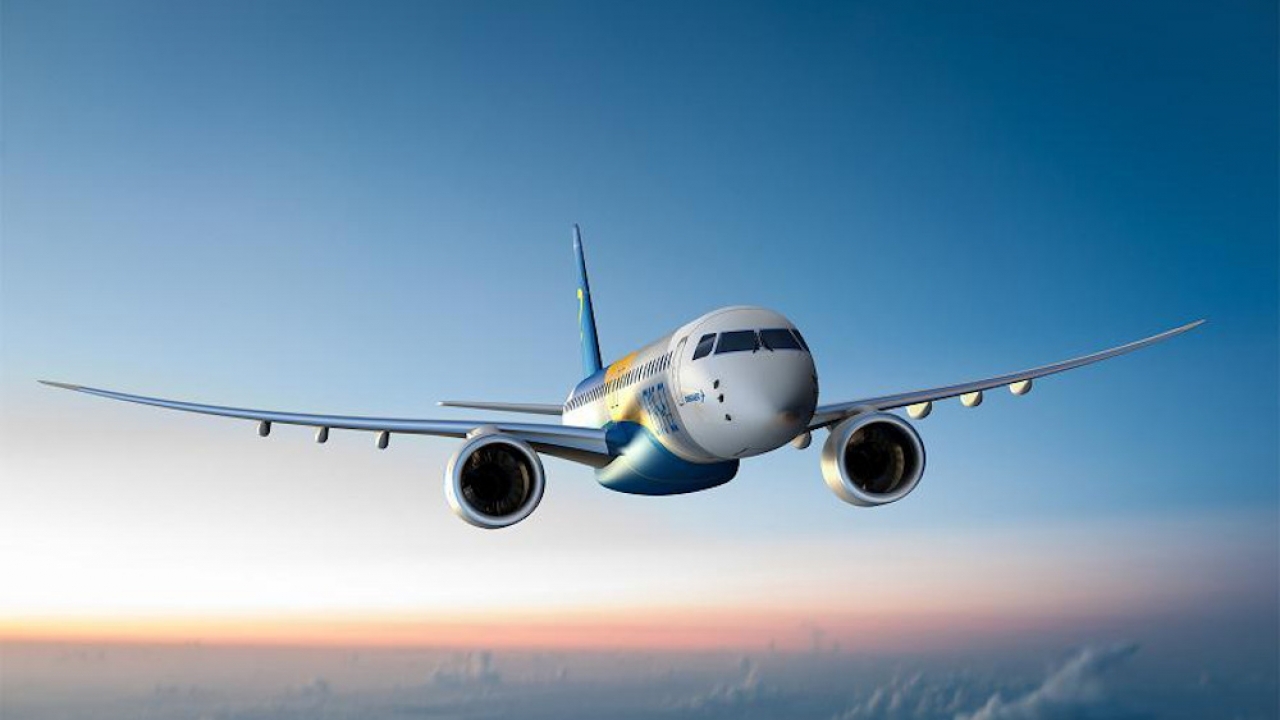Boeing release commercial market outlook for the Middle East

Over the next 20 years, airline traffic growth in the Middle East is projected to increase by an average of 4.3% per year. Image: Boeing (Boeing 737MAX)
The 2020 Boeing Market Outlook (BMO) projects that the commercial aviation and services markets will continue to face significant challenges due to the pandemic, while global defense and government services markets remain more stable.
“While this year has been unprecedented in terms of its disruption to our industry, we believe that aerospace and defence will overcome these near-term challenges, return to stability and emerge with strength,” said Boeing chief strategy officer Marc Allen.
The BMO forecasts a total market value of $8.5 trillion over the next decade including demand for aerospace products and services. The forecast is down from $8.7 trillion a year ago due to the impact of the COVID-19 pandemic. Airlines globally have begun to recover from a greater than 90% decline in passenger traffic and revenue early this year, but a full recovery will take years, according to the outlook.
The 2020 Boeing Market Outlook includes projected demand for 18,350 commercial airplanes in the next decade – 11% lower than the comparable 2019 forecast – valued at about $2.9 trillion. In the longer term, with key industry drivers expected to remain stable, the commercial fleet is forecasted to return to its growth trend, generating demand for more than 43,000 new airplanes in the 20-year forecast time period.
The BMO also projects a $2.6 trillion market opportunity for defence and space during the next decade. This spending projection reflects the ongoing importance of military aircraft, autonomous systems, satellites, spacecraft and other products to national and international defence.
While near-term commercial services demand is lower, the BMO forecasts a $3 trillion market opportunity for commercial and government services through 2029, with digital solutions emerging as a critical enabler as customers focus on leaner operations to adjust to future market demand. Lifecycle services and support will help customers scale their operations to meet efficiency and cost objectives aligned to market recovery trends.
As the impact of the pandemic continues, Boeing is taking action to reshape its business operations to adapt to the new market reality and become more resilient for the long term. This business transformation includes every element of Boeing’s enterprise, including infrastructure, overhead and organisation, portfolio and investments, supply chain health and operational excellence.
Middle East highlights for Boeing’s Commercial Market Outlook
§ Over the next 20 years, airline traffic growth in the Middle East is projected to increase by an average of 4.3% per year (in comparison to the global growth of 4% per year)
§ The region’s commercial airplanes fleet is expected to reach 3,500 by 2039 up from 1,510 airplanes today including an estimated 2,945 new deliveries
§ In the widebody segment, Boeing forecasts a regional demand for 1,280 new passenger airplanes by 2039. Widebody demand will be affected by a slower recovery in long-haul markets – typical after air-travel shocks – as well as uncertainties from COVID-19’s impact on international travel.
§ Single-aisle airplanes will continue to be the largest market segment with regional operators projected to need 1,540 new airplanes in the next 20 years.
§ Air cargo’s importance to world trade is illustrated by the fact that, although freighters carry just 1% of all commodities by weight, the value of those commodities comprises 35% of total trade
§ Air cargo demand is expected to grow 4% annually globally. The Middle East freighter fleet is expected to reach 150 aircraft of which 95 will be new deliveries
§ The global airplane fleet will continue to generate demand for aviation services, including parts and supply chain; engineering, modifications and maintenance; training and professional services; and digital solutions and analytics.
§ The aviation services market in the Middle East is estimated to be valued at $725 billion by 2039
§ Boeing’s 2020 Pilot and Technician Outlook forecasts that the region is estimated to require a total of 223,000 new aviation personnel between now and 2039 – about 58,000 pilots, 59,000 technicians and 106,000 cabin crew members.
Stay up to date
Subscribe to the free Times Aerospace newsletter and receive the latest content every week. We'll never share your email address.

